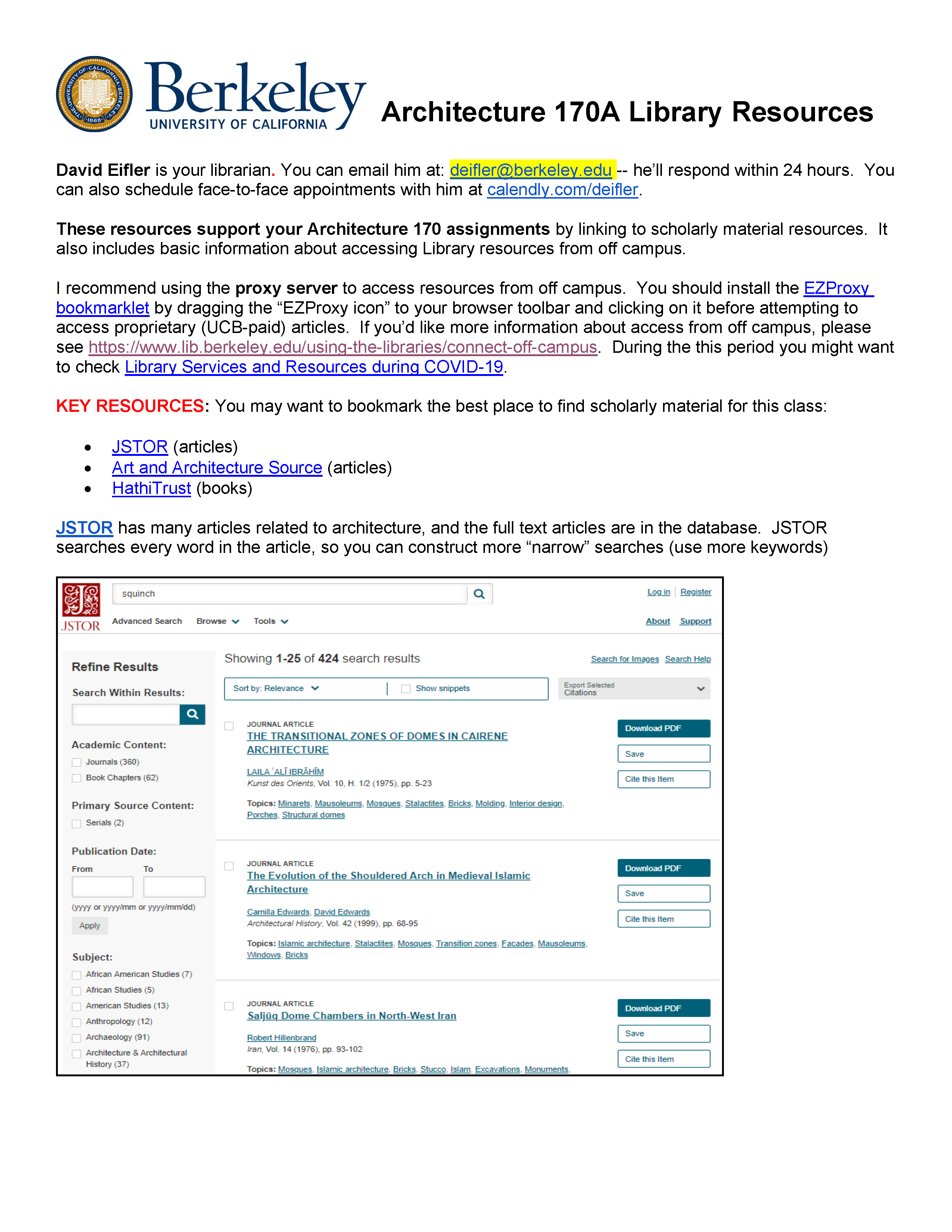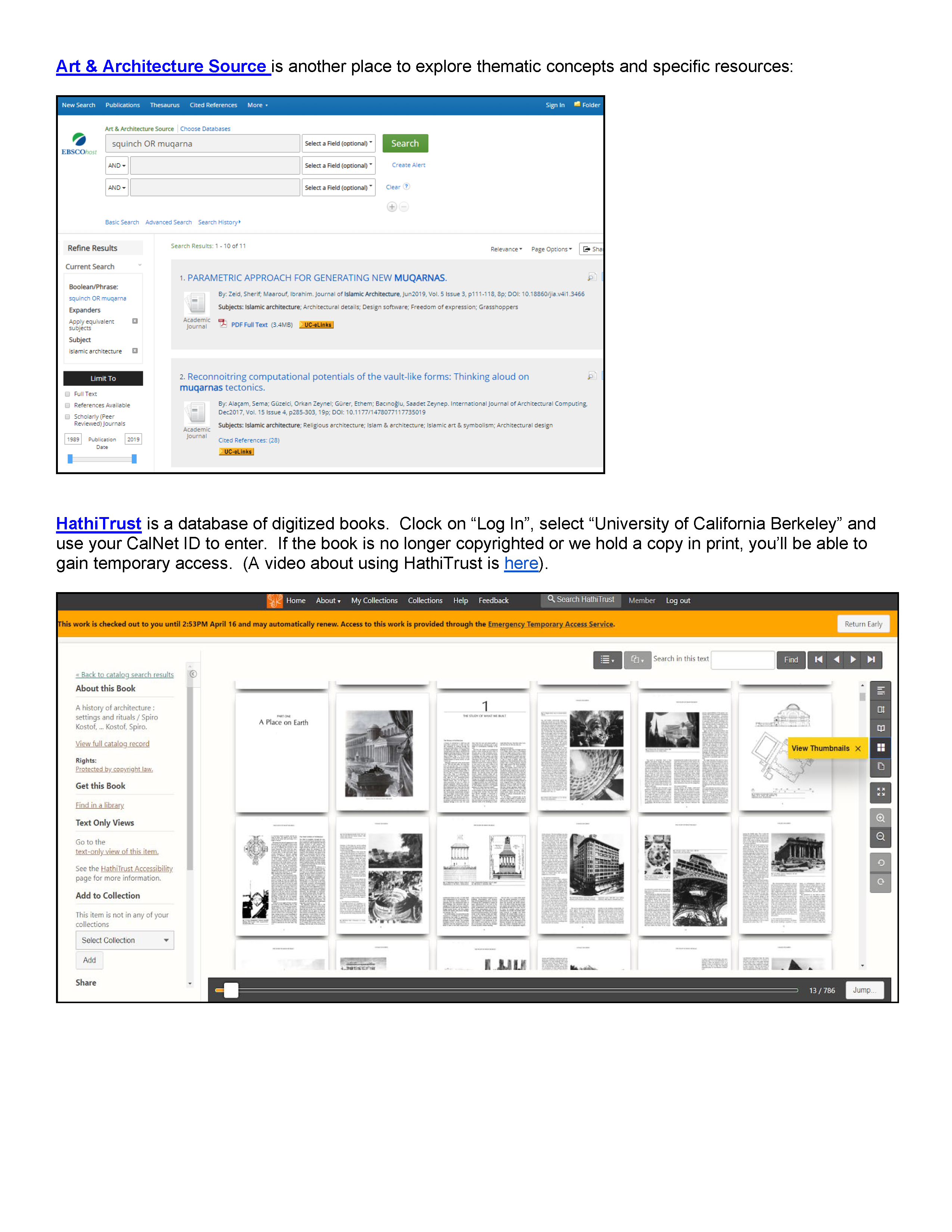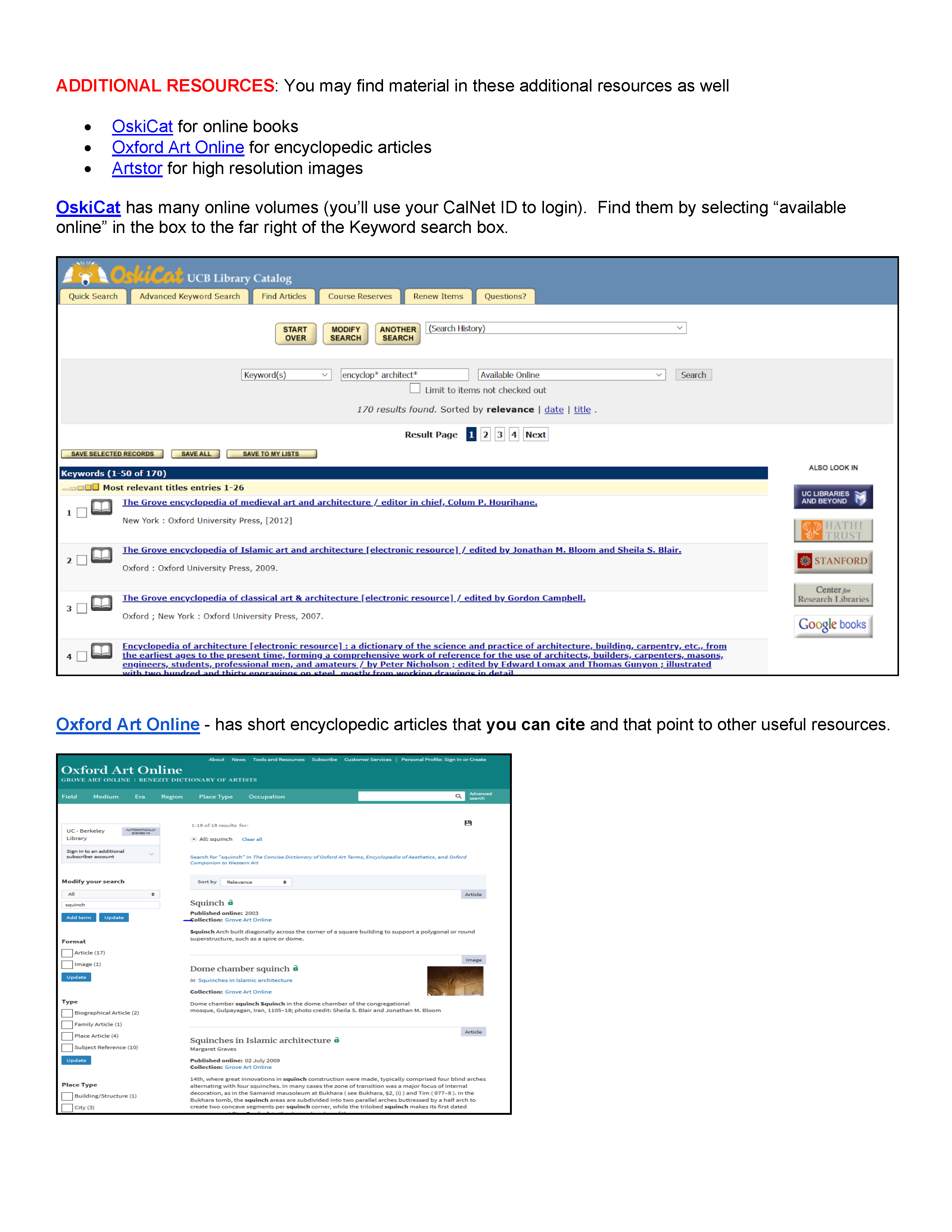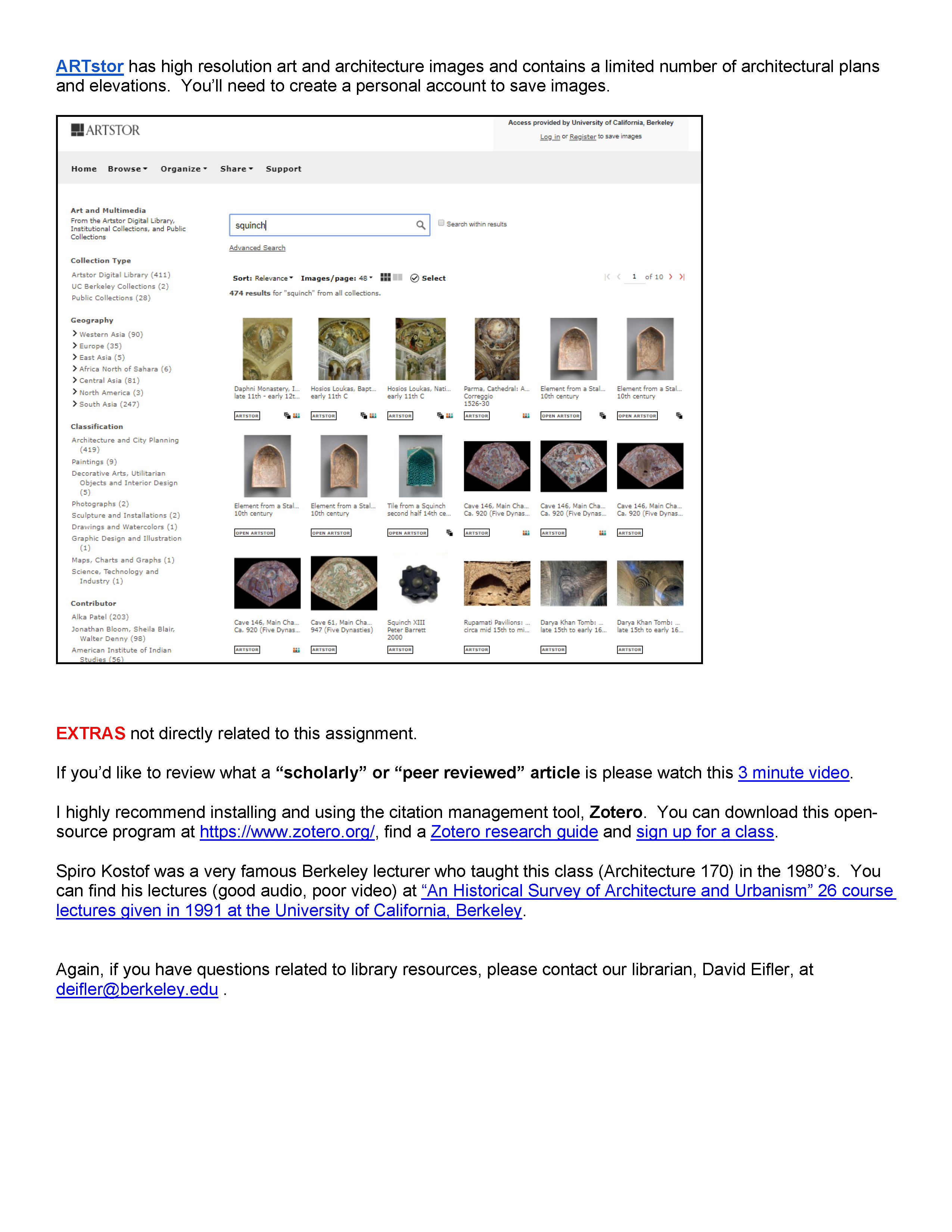AASL Column, September 2020
by David Eifler, Environmental Design Librarian, University of California, Berkeley
As of mid-September, UC Berkeley’s Environmental Design Library will have been closed for six months and it’s unlikely we’ll be able to welcome back faculty and students before mid-spring. As librarians, we are very accustomed to “pivoting”, doing more with less, and adapting our work and services in the face of uncertainty. However, as architecture librarians, we rely on physical spaces to foster pedagogy and intellectual exchange among our diverse community. We design our libraries to reflect contemporary practice, to inspire creativity, to embody warmth, and to create engaging environments outside the studio. The COVID pandemic has separated us from the foundational physical elements of our libraries including print collections, casual office visits, and event programming of exhibits, lectures, and book talks. Worst of all, we’ve lost face-to face-instruction and reference interactions with our patrons. Although we have Zoom to engage remotely, in reality, it is a simulacrum for in-person instruction.
In-person meetings with students in classrooms, small groups, or one-on-one provide opportunities to gauge research needs and communicate the breadth and utility of resources without succumbing to the temptation to overwhelm with too much information. Establishing rapport in the physical classroom and gauging the mood of participants helps ensure pedagogical strategies successfully engage students. We might be relaxed and jocular with undergraduates, more serious and contemplative with graduates, and reassuring with panicked transfer students. With Zoom, however, our ability to assess students’ emotional state is severely limited. Are those Zoom tiles listening, multi-tasking, bored, overwhelmed, or dealing with rambunctious siblings or pets? We’ve lost the ability to set the instructional stage and adapt teaching to “meet them where they are.” They are literally all over the place. It only took only a few Zoom sessions to understand that traditional in-class teaching approaches do not translate well in the virtual world. When I realized this, I flipped.
I mean that I changed my teaching modality to a flipped instruction model. Previously piloted in select classes, this model allows students to do the bulk of hands-on learning prior to attending a session. For introductory classes I now create a “library worksheet” that is assigned by the professor to coincide with an initial research assignment. This prescriptive worksheet — which includes links to short videos — allows students to progress at their own pace, exploring critical learning objectives such as how to avoid plagiarism, accessing resources from off campus, employing search strategies in various databases, and refining a research topic. Using examples relevant to the course content, the worksheet explains, step-by-step, how to access e-books, identify databases by discipline or function, and allows students to explore select databases in greater depth to better understand their unique features. The principle learning objectives are to expose students to the wealth of available resources in ways that are relevant to their needs, and to impress upon them my willingness to provide support. When a paper is required for the course, the worksheet is tailored to have students first identify their research topic, write a thesis statement, perform searches on that topic, collect citations, and then revise their thesis statement based on these initial searches. In this way, students are encouraged early on to create a focused thesis and develop a list of relevant scholarly citations from quality databases. Critical to the success of this approach is the follow-up Zoom session where students can ask well-informed questions and I can share additional resources and search strategies.
Flipped instruction allows students to get a productive start on their research, while teaching them how to access topically relevant library resources. Students engage with information literacy concepts and make headway on what can be an intimidating project, particularly for those who have little research experience. Students for whom English is not their first language no longer flounder through my fast-talking, “fit it all into 50 minutes” style and while developing the worksheet I’m forced to clearly describe the databases. The assignment also allows students with learning accommodations to take as long as they need to digest the material and complete the exercise. Perhaps most important, using the worksheet encourages students to “get lost” in the databases they find useful, exploring interfaces as diverse as Avery Index, Artstor, Art & Architecture Source, and JSTOR with their topic in mind. Instead of a boring didactic march through a slew of databases, students learn by doing and they arrive to class with a common understanding of the resources.
Recognizing I no longer control the library’s space or teaching environment, I’ve pivoted. My instructional performance is less central to the students’ learning experience. Instead, it’s been replaced with an engaged learning worksheet and reinforced with a “guide by the side” style Zoom instructional session. I long to return to our library to again create community in the space designed for it. But when I do, I plan to continue having flipped “pre-assignments” prior to in-person instruction.
Lucy Campbell and Barbara Opar, column editors
Questions
Michelle Sturges
Membership Manager
202-785-2324
msturges@acsa-arch.org

 Study Architecture
Study Architecture  ProPEL
ProPEL 



